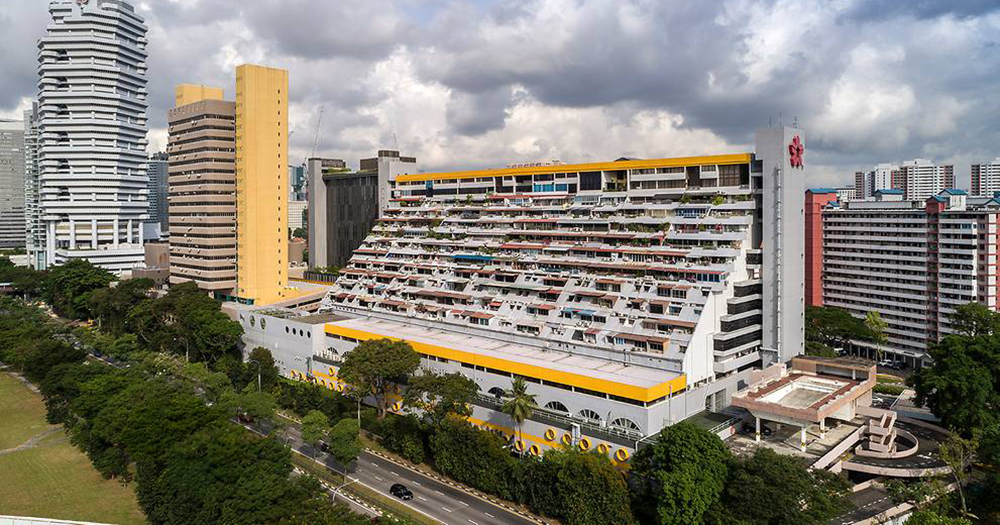After an extensive two-year study, the Urban Redevelopment Authority (URA) has decided to conserve the iconic Golden Mile Complex due to its historical and architectural significance.
In an announcement on Oct. 9, URA said there was strong support for the conservation of the 16-storey building which faces Nicoll Highway.
This was after engagement with diverse groups of stakeholders including building owners, heritage groups and industry players.
The study also took into consideration "supporting adaptive reuse and commercial viability" of the building.
Iconic architecture
First built in 1973, Golden Mile Complex was one of the first large mixed-use developments in Singapore, as it contained offices, shops and residential units inside a single building.
The building subsequently became an iconic landmark for its distinctive architecture with its "floating" staggered staircases and terraced floor slabs.
It has also drawn comparisons to People's Park Complex and Shaw Tower.
The place was also a regular haunt for those visiting mookata restaurants and Thai discos.
Support for the building's conservation was so strong that a petition was launched by a group of architects, academics and heritage specialists.
More than 80 per cent of the unit owners in Golden Mile Complex also formally signed an agreement to proceed with en bloc sales.
Incentives for buyers
URA proposed to conserve the main building and retain some key features like its signature terraced profile.
However, certain challenges were raised by stakeholders, such as how conserving the building could affect plans for a collective sale, especially when taking into account the building maintenance costs and design constraints.
Developers were also uncertain about the local property market's reception to buying the building — the collective sale of Golden Mile would be the first time a large-scale strata-titled conserved development gets sold en bloc in Singapore.
In response to these challenges, URA stated that they would be offering incentives to building owners or buyer-developers.
These incentives can be offering a bonus floor area which would enable developers to build an additional 30-storey tower within the existing site.
This would result in an increase of the floor area by about a third.
Other incentives include a waiver on part of the development charge and the option to adapt the building to a mix of other uses.
Related stories
Totally unrelated but follow and listen to our podcast here
Top photo from ET&Co
If you like what you read, follow us on Facebook, Instagram, Twitter and Telegram to get the latest updates.
